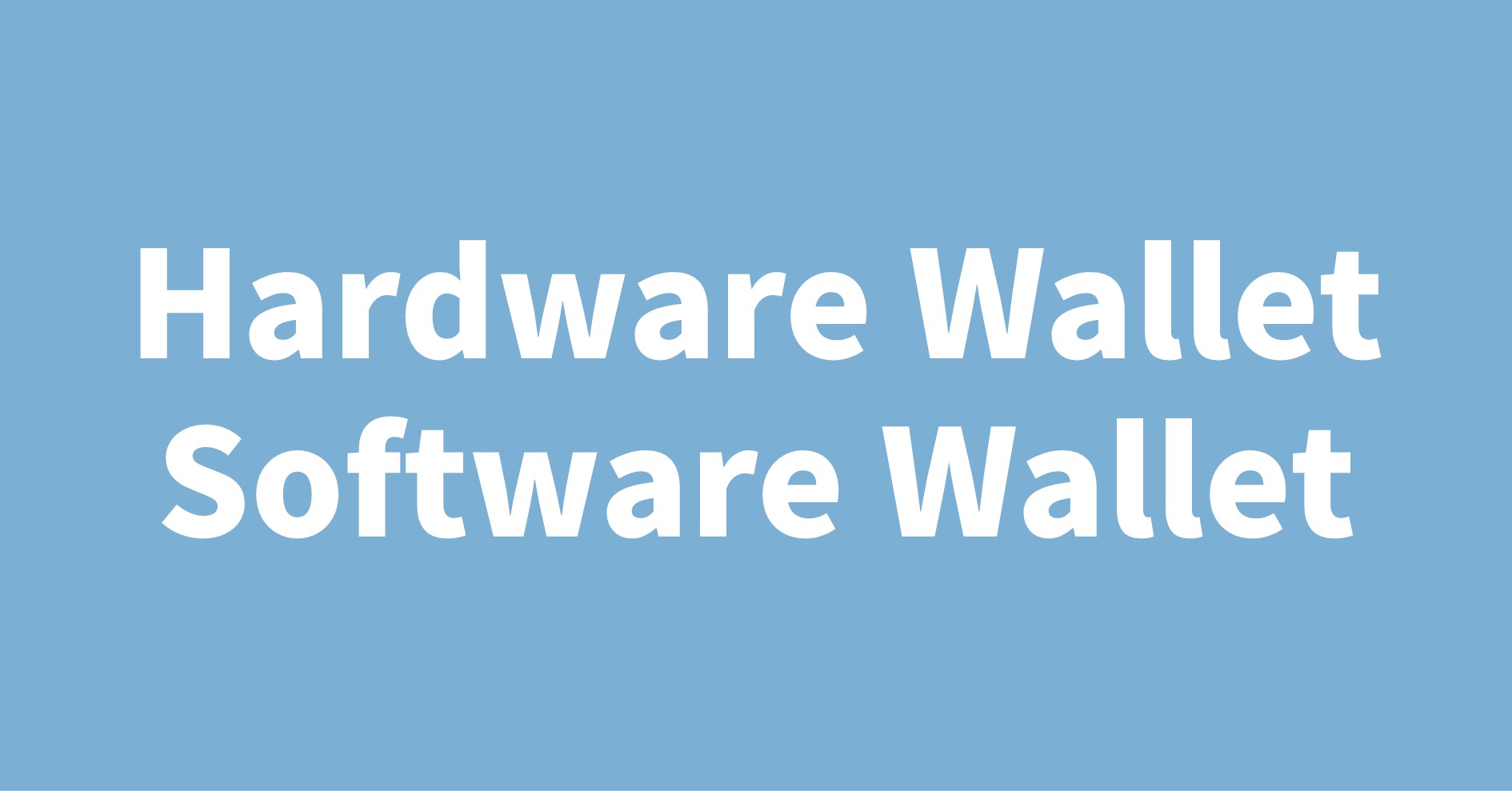Reliability of This Article
by Our Founder/CEO&CTO Hiroyuki Chishiro
- He has been involved in 12 years of research on real-time systems.
- He teaches OS (Linux kernel) in English at the University of Tokyo.
- From September 2012 to August 2013, he was a visiting researcher at the Department of Computer Science, the University of North Carolina at Chapel Hill (UNC), Chapel Hill, North Carolina, United States. He has been involved in research and development of real-time Linux in C language.
- He has experienced in more than 15 years of programming languages: C/C++, Python, Solidity/Vyper, Java, Ruby, Go, Rust, D, HTML/CSS/JS/PHP, MATLAB, Verse (UEFN), Assembler (x64, ARM).
- While a faculty member at the University of Tokyo, he developed the "Extension of LLVM Compiler" in C++ language and his own real-time OS "Mcube Kernel" in C language, which he published as open source on GitHub.
- In January 2020-Present, he is CTO of Guarantee Happiness LLC, Chapel Hill, North Carolina, United States, in charge of e-commerce site development and web/social network marketing. In June 2022-Present, he is CEO&CTO of Japanese Tar Heel, Inc. in Chapel Hill, North Carolina, United States.
- We have been engaged in disseminating useful information on AI and Crypto (Web3), and working on game development with Unreal Editor for Fortnite (UEFN).
- We have written more than 20 articles on AI including AI chatbots such as ChatGPT, Auto-GPT, Gemini (formerly Bard). He has experience in contract work as a prompt engineer, manager, and quality assurance (QA) for training ChatGPT/Gemini in several companies in San Francisco, United States (Silicon Valley in the broadest sense of the word).
- We have written more than 40 articles on cryptocurrency (including smart contract programming). He has experience as an outsourced translator of English articles on cryptocurrency into Japanese for a company in London, England.
- We have developed more than 10 games on UEFN and published on Fortnite (Fortnite, Fortnite.GG).
You can learn from us.
Open your account on our recommended cryptocurrency exchanges!
If you would like to know the recommended job sites for Blockchain Engineers, please click the following.
Table of Contents
What is Blockchain?
A blockchain is a data structure in the form of a linked list (chain) of unique blocks.
To learn more about blockchains, we recommend these videos.
Blockchain Features
Now we introduce features of Blockchain as follows.
- Cryptography
- Consensus Algorithms
- Peer to Peer (P2P)
- Distributed Ledger Technology (DLT)
Cryptography
On of the cryptography used in blockchain is public-key cryptography.
Public-key cryptography is a cryptosystem that uses separate keys (procedures) for encryption and decryption, and makes the encryption key publicly available.
The keys used in public-key cryptography are called the public key and the encryption key (private key).
The public key and private key are strings of random alphanumeric characters.
The following videos show public-key cryptography.
In a blockchain, there is a seed phrase (recovery phrase), which is the conversion of a private key into a sequence of multiple English words.
Since private keys can be generated from seed phrases (recovery phrases), be careful when handling them!
If you would like to know more about hardware and software wallets using private keys, please click the following.
Consensus Algorithms
A consensus algorithm is an algorithm that takes consensus when updating a blockchain.
Examples of consensus algorithms include the following.
- Proof-of-Work (PoW)
- Proof-of-Stake (PoS)
- Nominated Proof-of-Stake (NPoS)
- Delegated-Proof-of Stake (DPoS)
- Diversified Proof-of-Stake (Diversified PoS)
- Proof-of-Authority (PoA)
- Proof-of-History (PoH)
- Proof-of-Weight (PoWeight)
- Proof-of-Burn (PoB)
- Proof-of-Activity (PoA)
- Proof-of-Capacity (PoC) / Proof-of-Space (PoS)
- Proof-of-Importance (PoI)
- Proof-of-Replication (PoRep)
- Practical Byzantine Fault Tolerance (PBFT)
- Federated Byzantine Agreement (FBA)
- Delegated Byzantine Fault Tolerance (DBFT)
- HotStuff: BFT Consensus in the Lens of Blockchain
Proof-of-Work (PoW)
Proof-of-Stake (PoS)
Nominated Proof-of-Stake (NPoS)
Delegated-Proof-of Stake (DPoS)
Diversified Proof-of-Stake (Diversified PoS)
Diversified PoS is explained from 2:58 in the following video.
Proof-of-Authority (PoA)
Proof-of-History (PoH)
Proof-of-Weight (PoWeight)
Explain Proof-of-Weight (PoWeight) from 6:12 of the following video.
Proof-of-Burn (PoB)
Proof-of-Activity (PoA)
Proof-of-Capacity (PoC) / Proof-of-Space (PoS)
Proof-of-Importance (PoI)
Explain Proof-of-Importance (PoI) from 5:18 of the following video.
Proof-of-Replication (PoRep)
Practical Byzantine Fault Tolerance (PBFT)
Federated Byzantine Agreement (FBA)
Delegated Byzantine Fault Tolerance (DBFT)
HotStuff: BFT Consensus in the Lens of Blockchain
Peer to Peer (P2P)
Peer to Peer (P2P) is an architecture for communication between multiple computers and is a communication method characterized by communication between equals.
Blockchain is realized using P2P.
P2P is not the first blockchain technology, and has been in use for quite some time.
For example, Winny, a P2P file sharing software, was developed and widely used in 2002.
This is a video explaining P2P.
Distributed Ledger Technology (DLT)
Distributed Ledger Technology (DLT) is a digital database that is agreed upon to be replicated, shared, and synchronized across geographically different regions and countries.
Unlike centralized databases such as MySQL, distributed ledgers are characterized by the fact that there is no central administrator.
A consensus algorithm is needed to agree with the P2P network to perform data replication across the nodes of a distributed ledger.
Another example of a distributed ledger is a blockchain system, which can be public (e.g. Bitcoin, Ethereum) or private (e.g. Hyperledger Fabric).
This is a video explaining DLT.
Summary
We introduced blockchain and its features: cryptography, consensus algorithms, P2P, and DLT.
Now that you understand blockchain concepts, let's have some fun with cryptocurrency!
Open your account on our recommended cryptocurrency exchanges!
If you would like to know the recommended job sites for Blockchain Engineers, please click the following.



